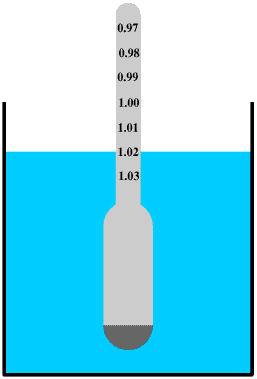What would you say this is? I hate taking readings but I think I need to start doing it after my last beer came out like garbage. Any tips on taking accurate measurements?
http://bit.ly/lNO678
http://bit.ly/lNO678

What would you say this is? I hate taking readings but I think I need to start doing it after my last beer came out like garbage. Any tips on taking accurate measurements?
http://bit.ly/lNO678



![Craft A Brew - Safale S-04 Dry Yeast - Fermentis - English Ale Dry Yeast - For English and American Ales and Hard Apple Ciders - Ingredients for Home Brewing - Beer Making Supplies - [1 Pack]](https://m.media-amazon.com/images/I/41fVGNh6JfL._SL500_.jpg)











I think I just need to write down a cheat-sheet, for example:
If it's 2 notches from the top it's ....
If it's 4 notches from the top it's ....
The whole decimal thing is messing me up for some reason.


Is it easier to take the measurement at what ever temperature it is and adjust or try to cool/warm it up and then take it?
My guess with my last brew was fermentation stopped so if I took a reading when I thought it was done I could have tried to restart it?
If you leave the beer in the fermenter for 3-4 weeks you don't even need to bother with readings on most beers.
Just wanted to point out that this is not what is wrong with the beer. I would be looking into sanitation and fermentation temp control if one is making 'garbage beer'. It's not the hydrometer.